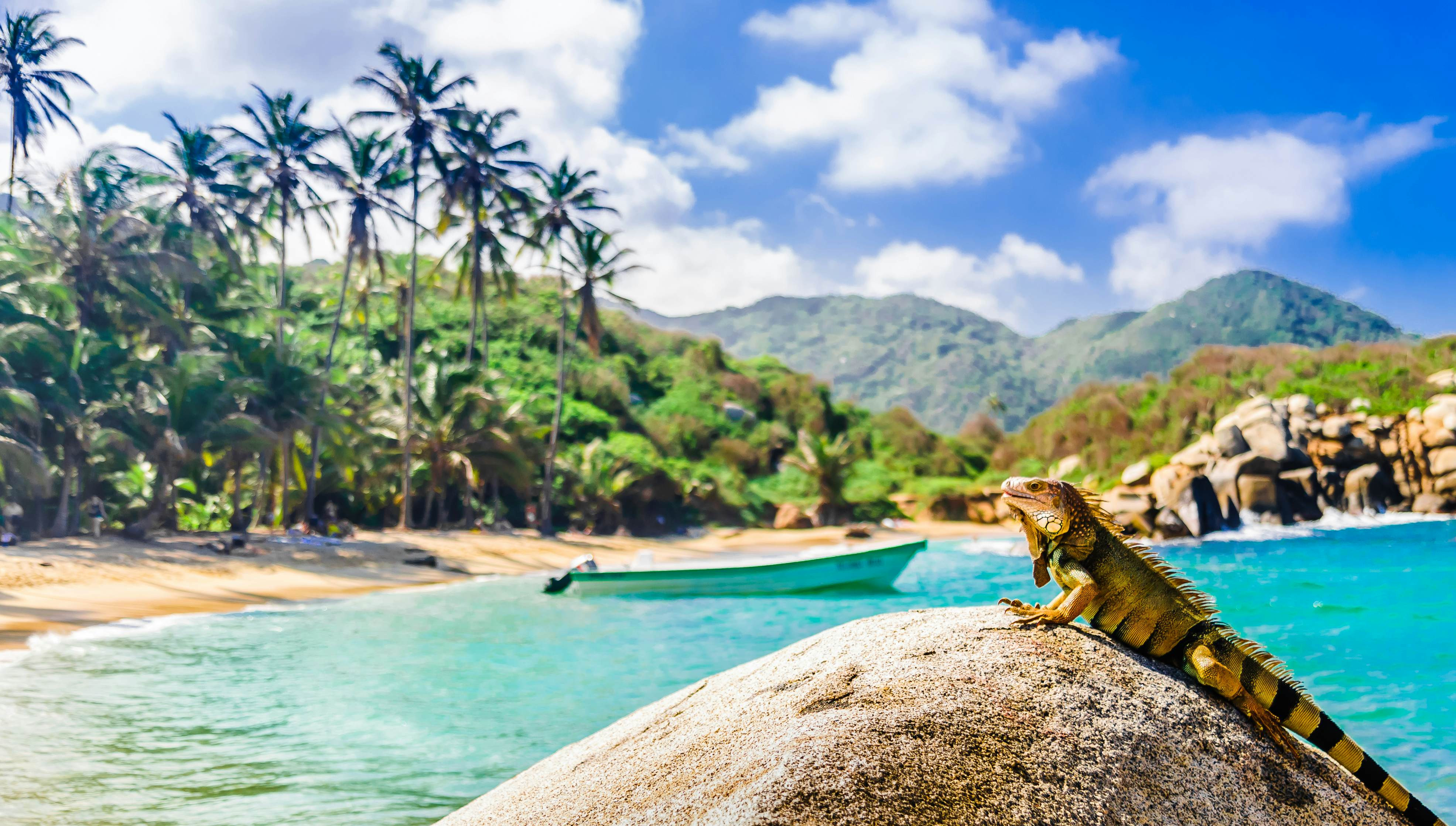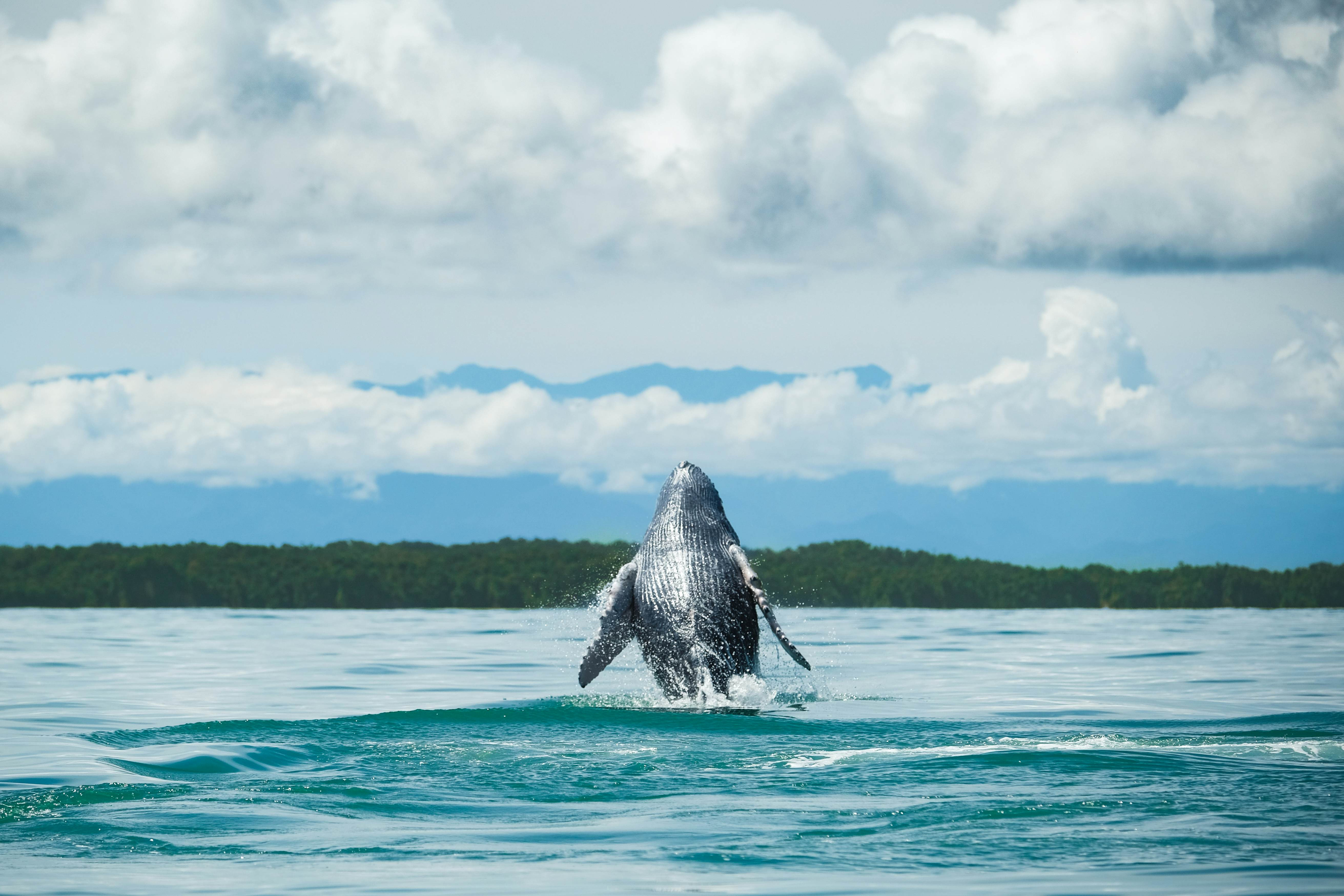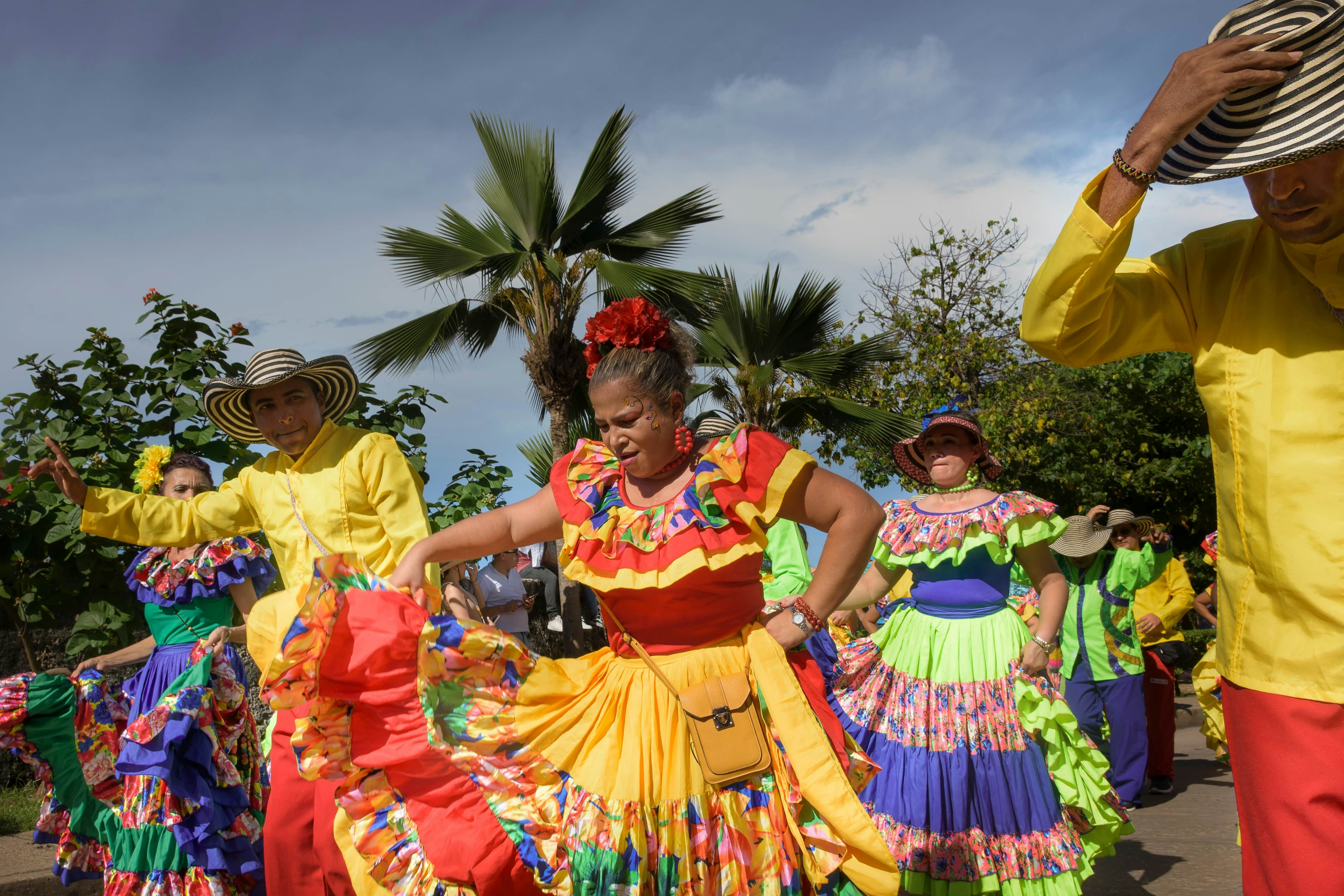Colombia, a land of diverse landscapes and vibrant culture, boasts a unique equatorial climate where temperature variations are dictated more by altitude than by seasons. This means that pinpointing the Best Time To Travel To Colombia depends largely on your destination within this fascinating country. Understanding Colombia’s microclimates and regional weather patterns is key to planning the perfect trip.
While Colombia doesn’t experience traditional seasons in temperature, it does have varying levels of rainfall throughout the year. To help you navigate these nuances, we’ve created a comprehensive guide to the ideal times to visit Colombia, ensuring you make the most of your adventure.
 Iguana basking in the sun at Parque Nacional Natural Tayrona
Iguana basking in the sun at Parque Nacional Natural Tayrona
December to February: Peak Season for Dry Weather and Hiking in Colombia
For many, the best time to travel to Colombia is between December and February. This period marks the driest season across most of the country, excluding the Amazon region. The Andes region comes alive with sunny days and comfortable temperatures, creating ideal conditions for exploring Colombia’s stunning national parks and indulging in hiking adventures. The Caribbean coast shines with its most beautiful weather, though it also attracts the largest crowds.
This peak season is popular with both international and domestic tourists, leading to higher prices throughout Colombia. Booking flights and accommodations well in advance, especially along the Caribbean coast, is highly recommended.
January stands out as a particularly excellent month for hiking in Colombia. Trails are typically dry, and clear skies offer breathtaking panoramic views from mountain peaks. For travelers seeking tranquility and fewer crowds, consider visiting Bogotá, which becomes quieter as locals head to the coast for their holidays. Alternatively, escape to a secluded eco-lodge along the Pacific coast for a peaceful retreat.
As January progresses, the Caribbean coast remains vibrant even as holiday crowds begin to thin. The festive atmosphere continues with ongoing parties and festivals. Low humidity and warm temperatures make it perfect for sunbathing and swimming. However, be aware that popular destinations like Cartagena and Santa Marta are still very busy during the early weeks of January. Surfers can catch impressive waves along the beaches near Barranquilla, Santa Marta, Cartagena, and Parque Nacional Natural Tayrona, thanks to significant swells.
 Blue whale breaching the surface off the Pacific coast of Colombia
Blue whale breaching the surface off the Pacific coast of Colombia
March to September: Shoulder Season for Whale Watching and Adventure Activities
The months between March and September represent a shoulder season in Colombia, requiring a bit more attention to regional weather variations when planning your trip. Temperature and rainfall patterns can differ significantly across regions during this time. Bogotá, Medellín, and Cali experience a secondary rainy season in April and May. In contrast, Cartagena enjoys sunny skies through April before the onset of heavier rains in May.
July and August offer another brief dry spell, although occasional tropical showers are still possible, particularly in highland cities. For wildlife enthusiasts, this period, extending into October, is considered the best time to travel to Colombia for whale watching on the Pacific coast. Easter festivals also present a captivating cultural experience during this season.
Colombia’s Caribbean islands, San Andrés and Providencia, remain dry until May, making the shoulder season an excellent time to discover their pristine beaches and vibrant coral reefs with fewer tourists than peak season.
Semana Santa (Easter Week) is a major event in Colombia, regardless of whether it falls in March or April. Celebrations take place throughout the country’s major cities. However, the colonial town of Popayán is renowned for its spectacular Easter observances. Thousands gather in its cobblestone streets and plazas to participate in solemn religious processions and costumed parades, a tradition dating back to 1566. Mompox, Pamplona, and Tunja also host colorful Holy Week celebrations.
For adventure seekers, March and April, with their high water levels, present the most thrilling conditions for white-water rafting in San Gil, Colombia’s adventure sports hub. These months generally offer favorable conditions for other adrenaline-pumping activities like paragliding and caving as well.
 Cumbia dancers in Cartagena celebrating independence from Spain
Cumbia dancers in Cartagena celebrating independence from Spain
October to November: Budget Travel and Amazon Wildlife Spotting
October and November typically offer the lowest prices across Colombia, making them attractive for budget-conscious travelers. For those interested in exploring the Amazon, this period is considered by many to be the best time to travel to Colombia, specifically to this region. Low water levels in the Amazon River and its tributaries create ideal conditions for hiking, wildlife spotting, and the emergence of white-sand beaches. Lower water levels also mean fewer mosquitoes, a welcome bonus for jungle treks.
However, it’s important to note that flash floods are more common in the Andean region during these months, potentially causing road closures. Medellín, Cartagena, and the Caribbean coast also experience significant rainfall in October.
October and November are generally Colombia’s wettest months. Cities like Bogotá, Cali, Medellín, and Cartagena are prone to afternoon downpours. Planning your activities for the mornings can help you avoid the worst of the rain.
Parque Nacional Natural Tayrona typically closes during this quieter period for ecological restoration. You can find the specific closure dates on the park’s website. As an alternative for nature lovers seeking pristine environments, consider visiting the Amazonas Department. The peaceful town of Puerto Nariño or the busier Leticia offer exciting jungle tours with excellent wildlife viewing opportunities due to consistently low water levels.
Despite the overall wet conditions in November, the Caribbean coast, with its warmer temperatures, still offers attractions. Cartagena, in particular, comes alive with parties, parades, and festivities on November 11th to celebrate its independence from Spain. Travelers in November can often find deals on hotel rates and airfares throughout Colombia.

